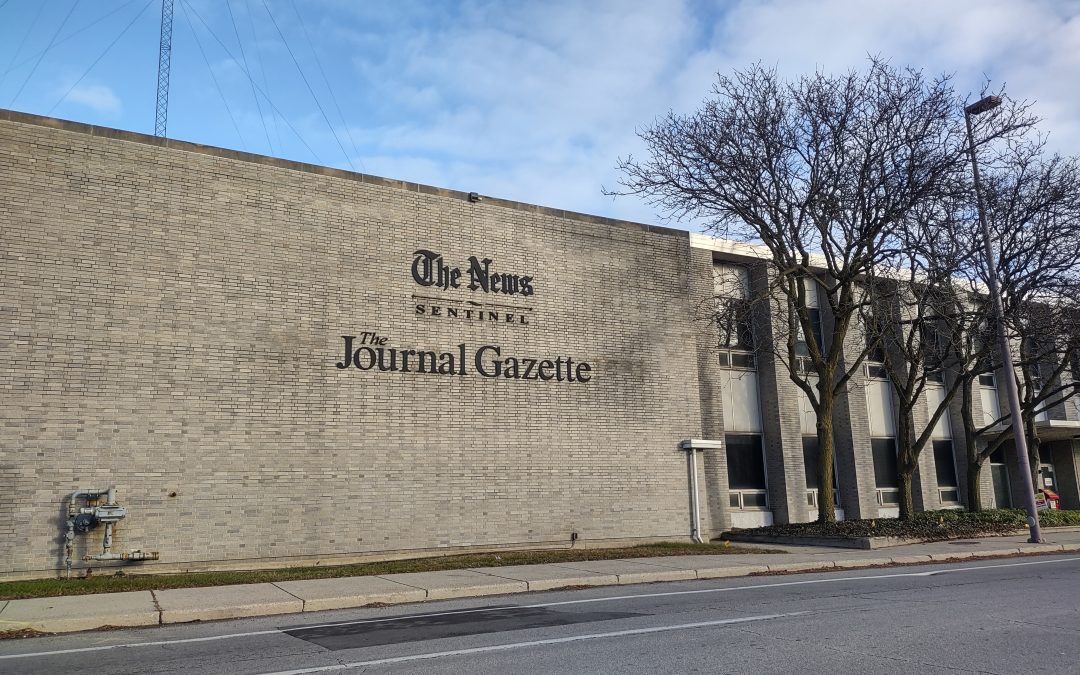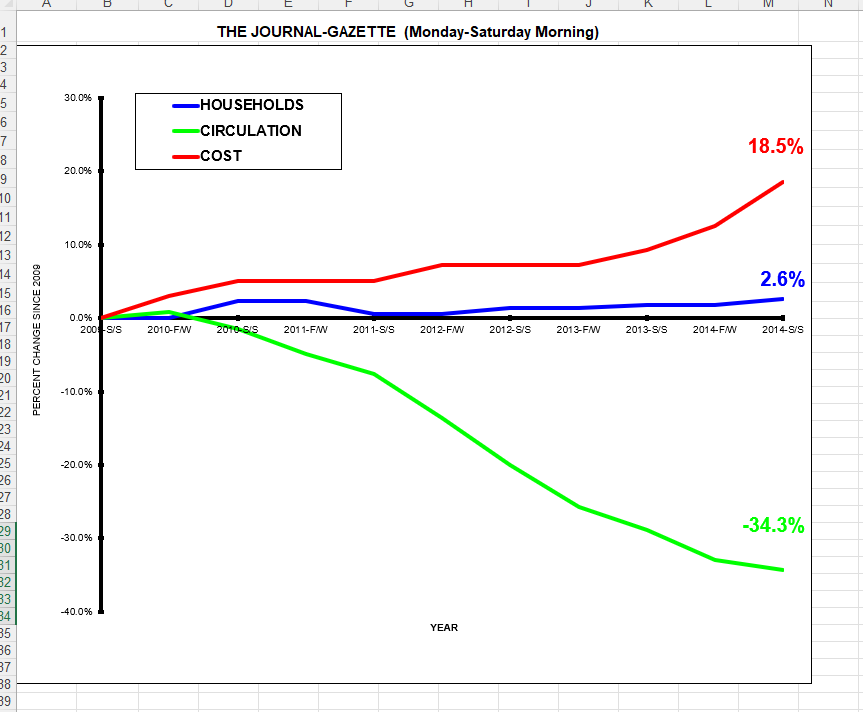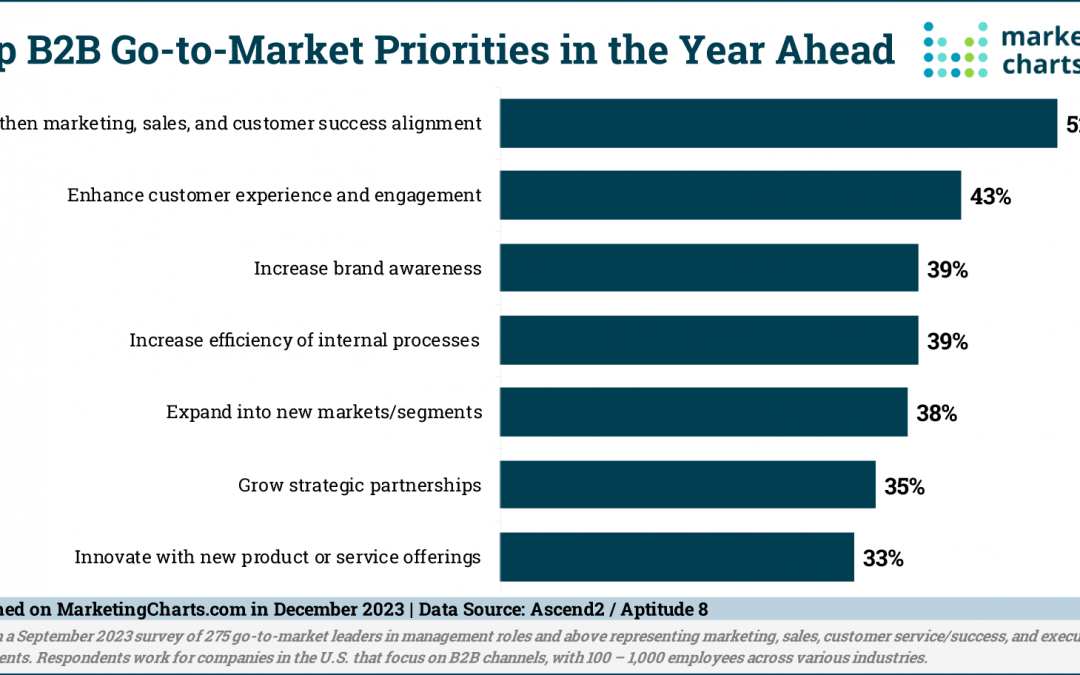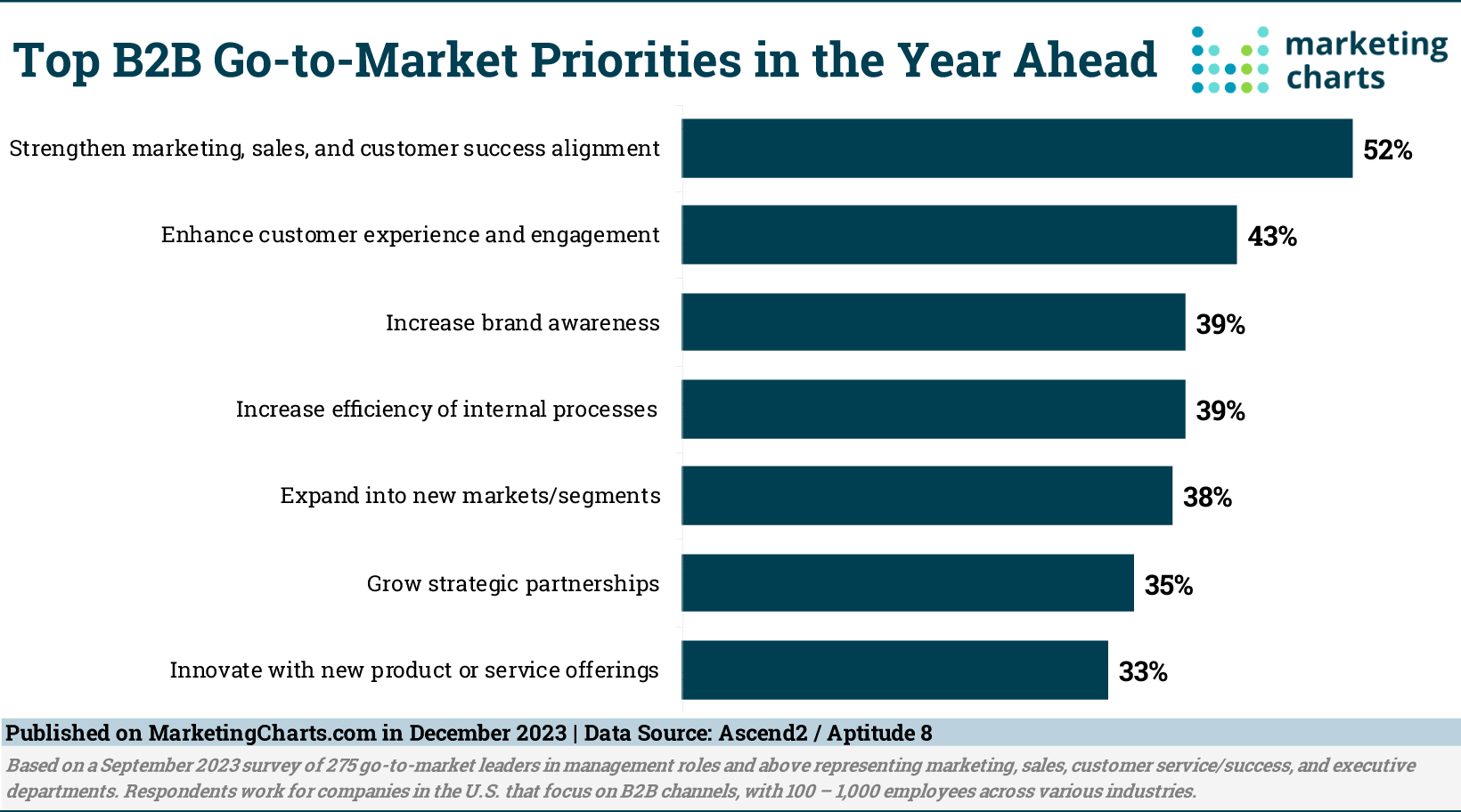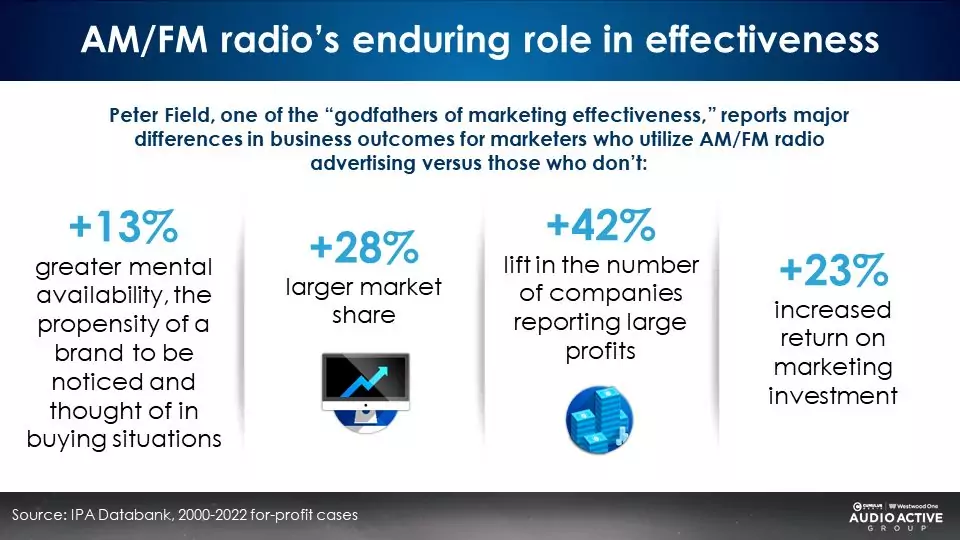
The State of Radio and WOWO in 2024
Is Radio still a viable advertising media in 2024?
The TL;DR answer is yes.
Last week I shared the story of the demise of our local newspapers over the past 20 years and my insider numbers. Today, I’ll review the local radio scene and include some numbers from a recent study on the benefits businesses can get from becoming an advertising partner with me on WOWO.
There are all kinds of studies and surveys and polls that are used to predict what is going to happen. In Fort Wayne, Indiana there were two companies that were measuring radio station listenership, Eastlan and Nielsen, but with some changes back in 2022 and 2023, we just have Nielsen.
Federated Media which is the company I work for, subscribed to Eastlan for well over a decade. I was working for some competing stations when we heard that Fed Med was switching to Eastlan while the rest of the Fort Wayne area stations were still using Arbitron. Arbitron was bought by Nielsen, but Nielsen and Arbitron are essentially the same for radio. Eastlan used a different methodology for doing their research, and when we were subscribers, it served it’s purpose.
However at Federated Media we wanted some of the additional research tools that Nielsen offers and that’s why we returned and dropped Eastlan.
Fort Wayne is market number 116 in size and we get surveyed twice a year, in the spring and fall and we just received the results from the Fall 2023 survey. The rating numbers for all of the local Federated Media stations, including WOWO are good. Depending on the demographics we look at all 5 stations are doing exactly what we want and that is being listened to by the locals more and more. Just the opposite of the newspapers which saw readership declining as I shared last week.
Overall, Federated Media’s Rock station, WBYR, 98.9 The Bear along with Country Station WQHK K105 and Hot Adult Contemporary Music station WMEE are strong and growing with the most listeners overall, and each of those music stations have a competing station in Fort Wayne that we are beating in terms of listenership.
Our two talk stations are also doing well. WKJG 1380 The Fan is a Sports Talk station that has a steady niche audience with both local and national sports talk and play by play games.
WOWO, my primary radio station is also setting new records. As a News Talk radio station for 25 years at 1190AM, we’ve also had an FM signal. 10 years ago it was at 92.3FM, then Federated Media made 92.3 and FM Music station for a number of years. May 1st, in the middle of our last rating period, we flipped the programming on 92.3 FM back to a News Talk Simulcast of WOWO 1190 AM. This most recent rating period shows the full impact of putting the WOWO News Talk programming on 92.3FM along with 1190AM.
As a side note, because 92.3FM still has the legal call letters of WFWI, when we look at the ratings, we do a combination on WOWO & WFWI to get a true picture. WOWO’s target audience is what I call grown-ups. Adults ages 35 and older. Those are the ones that are spending money on big and important stuff for their families and for themselves. Sure there are a few teens and 20 year olds who listen to WOWO too, but at that stage of your life, you’re more likely to listen to the radio for music, not news and information.
Of course the real reason WOWO and our other Federated Media stations are successful is that they are also a good choice for businesses to advertise. The antidotal stories of success from WOWO advertising partners keep coming, but today I’m going to point to a national study that shows why radio is relevant for businesses to grow this year.
Inside Radio reported last week a summary of marketing researcher Peter Field’s latest study.
 Based on case studies from 2000-2022, advertisers using AM/FM radio have seen notable increases in brand trust (up 58%), profits (+42%), market share (+28%),and return on ad spend (+23%). Also notable among Field’s findings is that since 2016, profit increases among advertisers using AM/FM radio have steadily grown, compared to those not using the medium. What’s more, over the past two decades, AM/FM radio advertisers have experienced a 23% greater return on ROI vs. non-AM/FM users.
Based on case studies from 2000-2022, advertisers using AM/FM radio have seen notable increases in brand trust (up 58%), profits (+42%), market share (+28%),and return on ad spend (+23%). Also notable among Field’s findings is that since 2016, profit increases among advertisers using AM/FM radio have steadily grown, compared to those not using the medium. What’s more, over the past two decades, AM/FM radio advertisers have experienced a 23% greater return on ROI vs. non-AM/FM users.
There’s also something in this report that I’ve seen during my 10+ years at WOWO and also at stations I worked for previously, but even more so with WOWO and that is Top Of Mind Awareness of a company. I’ve called it Word Of Mouth with a Bigger Mouth for years. This report on radio stations overall states that there is a 13% increase in what they refer to as Mental Availability. This simply means your company, your brand, your product lives in your future customers mind so that there is a greater chance of you being considered when they are ready to make a buying decision and that is due to the power of radio advertising messaging. You won’t get that from a Tik Tok video.
Want help seeing how to apply this in 2024? Reach out to me, Scott@WOWO.com or 260-255-4357.

